Airplane food, am I right? The oft-griped about standup comedy staple has a seriously bad reputation, and it’s honestly pretty valid; its usually a) nonexistent, b) flavorless, or c) generally just poorly executed. Thankfully, there are a few ways to get around the pain and make the most of your flight.
1. Choose One of These Airlines with the Best Food
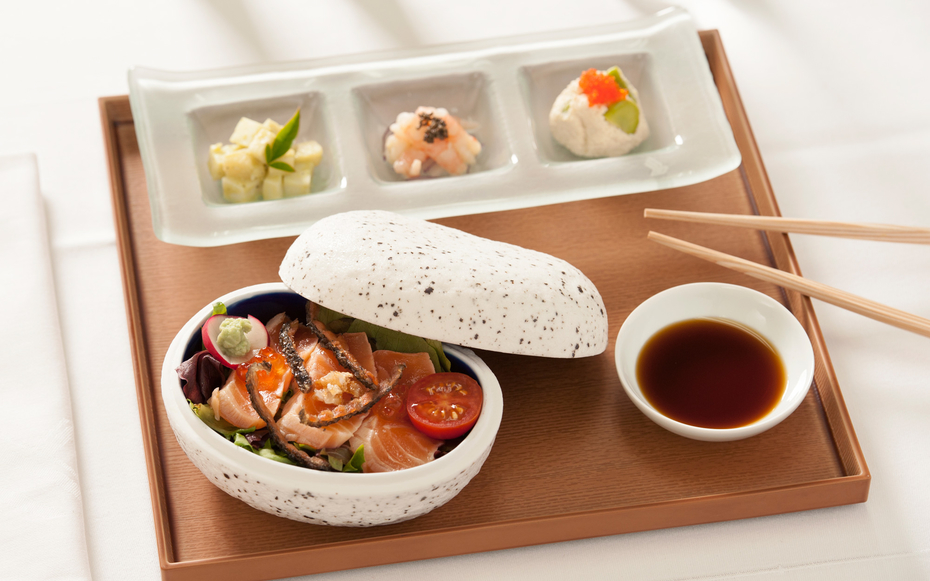
Photo courtesy of Singapore Air
The best thing to do to make sure you stay relatively well fed on your flight is to do your research early. Thankfully, Travel & Leisure Magazine has ranked the top 10 international and domestic airlines in terms of their cuisine. Domestic travelers are best off picking Virgin America, while those lucky enough to be jetsetting around Asia would be hard pressure to find a better option than Singapore Airlines. Spoon has a pretty solid ranking of airline food as well.
2. Bring a Mini Flask to Make a Mixed Drink at no Extra Cost
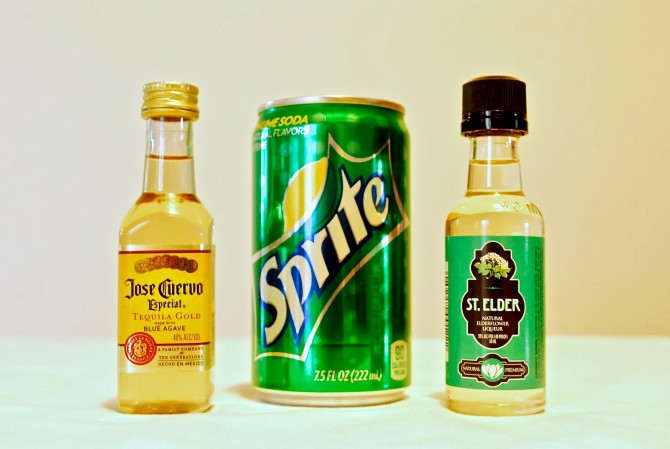
Photo courtesy of Stephanie DeVaux
Though TSA is known for its harsh carry-on policies and limits, alcohol is actually a-OK as long as it still complies with the 3 ounces rule. So raid that local liquor store for those tiny bottles, and try your hand at some of these delicious and simple plane cocktails. It’s cheaper than buying alcoholic drinks on the plane, and if anything, it’ll help take the edge off of the nasty food.
3. Embrace Umami
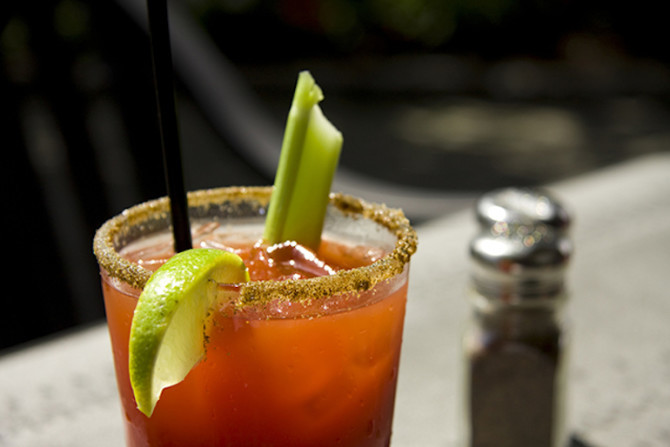
Photo courtesy of daily.signal.blogspot.com
Science-backed plane hack! For better or for worse, your taste buds are dulled at cruising altitude, a product of the low pressure and air dryness. Fear not — umami, the ‘fifth taste’ that combines sweet and savory, holds up at 30,000 feet. Umami is found in fish, meats, mushrooms, and tomatoes — so order a Bloody Mary for the freshest, most flavorful drink option on the plane.
4. Order the Vegetarian Option
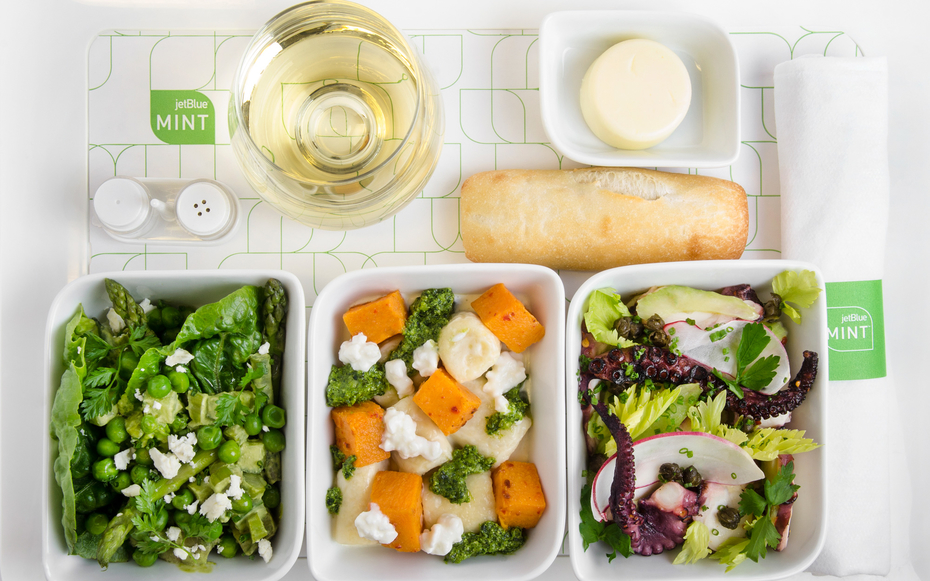
Photo courtesy of JetBlue
Most airlines’ pitiful attempts at cooking meat usually fail horribly; if you can manage going meatless for one meal, consider ordering the vegetarian option. It will probably still be pretty unsatisfying, but it will probably suck a little less.
5. Pack Snacks in Plastic, not Foil
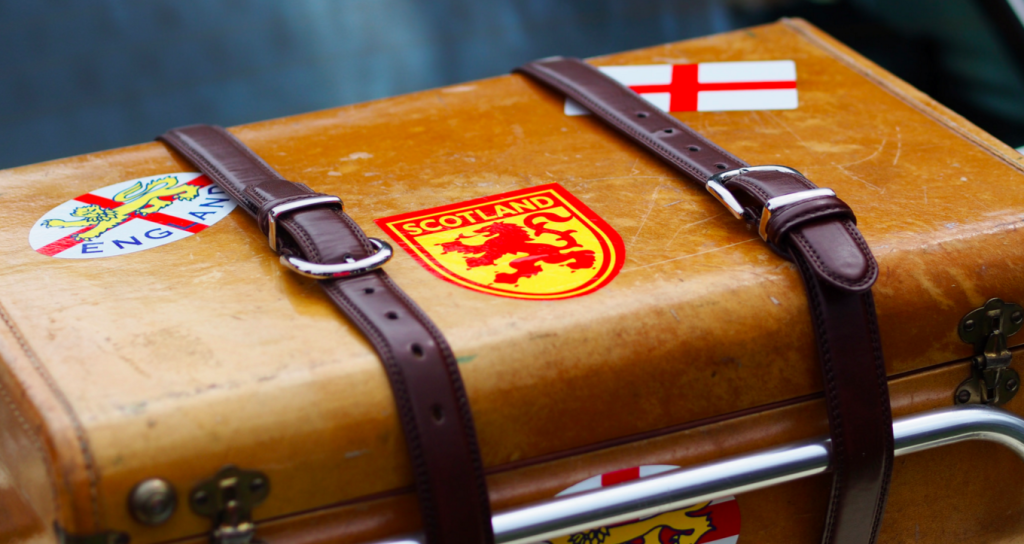
Photo courtesy of Flickr
Packing snacks for the plane is always a good idea. Sandwiches, raw veggies, protein bars–these can be a great way to keep your body feeling energized, and the more you can avoid the airline’s options, the better. However, avoid packing in foil or other metallic freshness-savers; these will set off the scanners, and they might hold you up with the TSA agents, which is never fun. Opt instead for plastic sandwich bags or tupperware, and check out TSA’s prohibited items checklist to make sure your food makes the cut.
6. Order Ginger Ale if You Get Dizzy on Planes
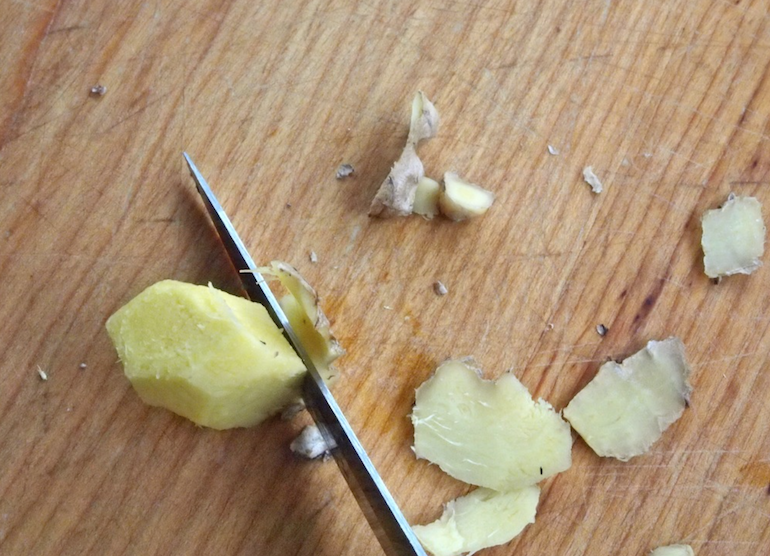
Photo by Kendra Valkema
This one’s pretty self-explanatory, but still bears repeating: Ginger is mother nature’s TUMS, and it will help you through any stomach ache you may get on the plane. You can get ginger ale for free as part of the beverage service, and ask for the whole can if you want to get the most out of your order.
7. Avoid Foods that Won’t Make it Past Customs
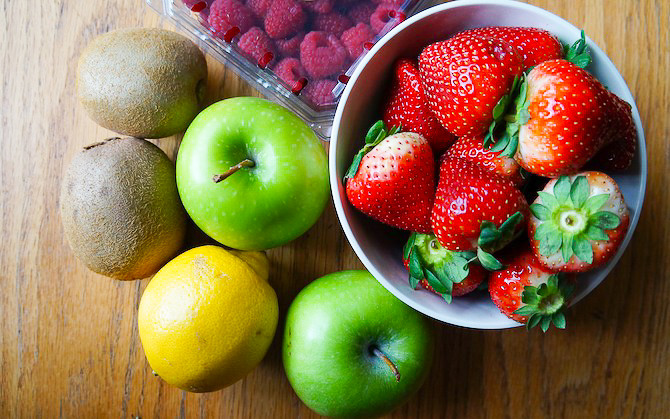
Photo by Santina Renzi
If you’re traveling abroad, chances are you’re going to encounter more strict food security crossing borders. While your food may be OK during the flight, you will likely have to throw most of it away when you reach your destination — in order to hinder the spread of diseases, customs officers will usually confiscate meat, fruits and veggies, some nuts, and dairy, which pretty much covers all food groups. And if your flight goes through customs in your home country, you won’t get a chance to eat your food at all, so be careful.
8. Know What to Eat Beforehand to Avoid Stomach Ache
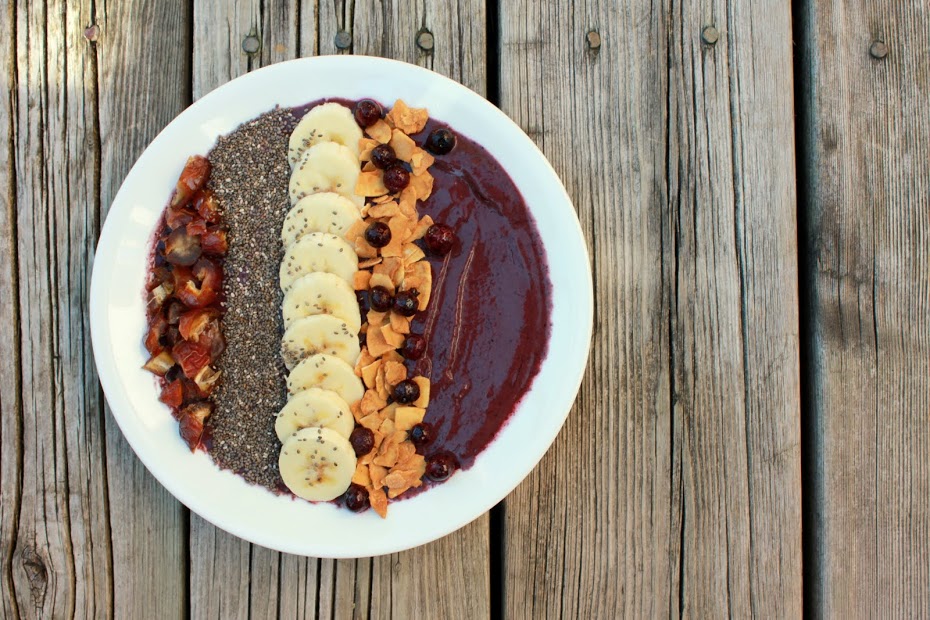
Photo by Carolyn Chin
Bloating, discomfort, and stomach aches are quite common on planes due to pressure change and immobility, and they can be pretty debilitating at times. Thankfully, there are plenty of ways to protect against this and to keep your body feeling as good as possible; opt for yogurt, herbal teas, and fruits, and avoid fried foods before the flight. Some even suggest avoiding carbonated beverages altogether while on the flight, as when pressure shifts, the bubbles in your stomach can expand and you may feel extra dizzy.
9. Ask for Seconds
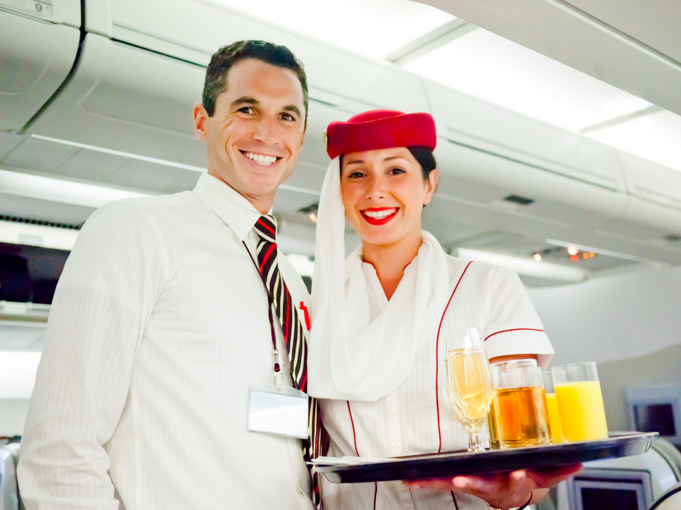
Photo courtesy of Flickr
While airlines these days may be becoming increasingly stingy with free food and drink on flights, there are still a number of services you can ask for and usually receive at no cost. Wait until everyone’s already been served, whether it’s the beverage service or snacks, and ask if they have any extras. It never hurts to ask, and they will usually have enough to spare you seconds, especially if the flight is not full.
10. Avoid Caffeine and Sugar
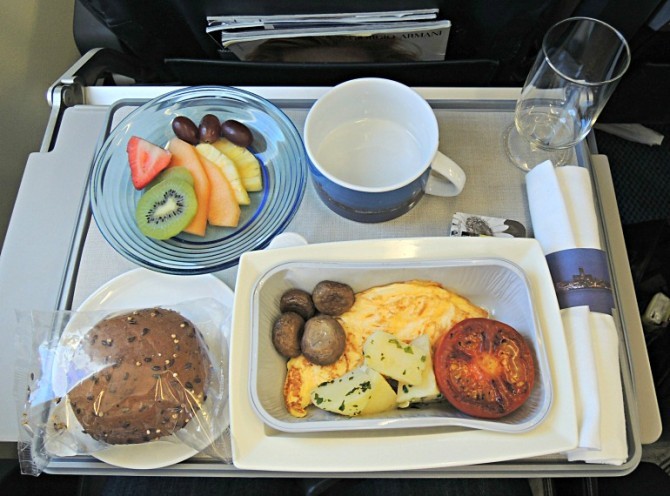
Photo by Ekelly Michelle
More bad news for people who like their soda on flights. I’ve found that the best way to deal with the less-than-desirable food is to sleep; before you know it, you’ll be awake and your plane may be about to touch down. For this method to work, you’re better off avoiding any ingredients that will keep you awake, hyper, or shaky — namely, caffeine and sugar — so you can take a nice, interrupted nap. And hey, if you’re up for taking drowsy motion sickness medicine to artificially induce sleepiness, I won’t condone it, but who has to know?
11. Know What Foods to Bring to Avoid Being Hated
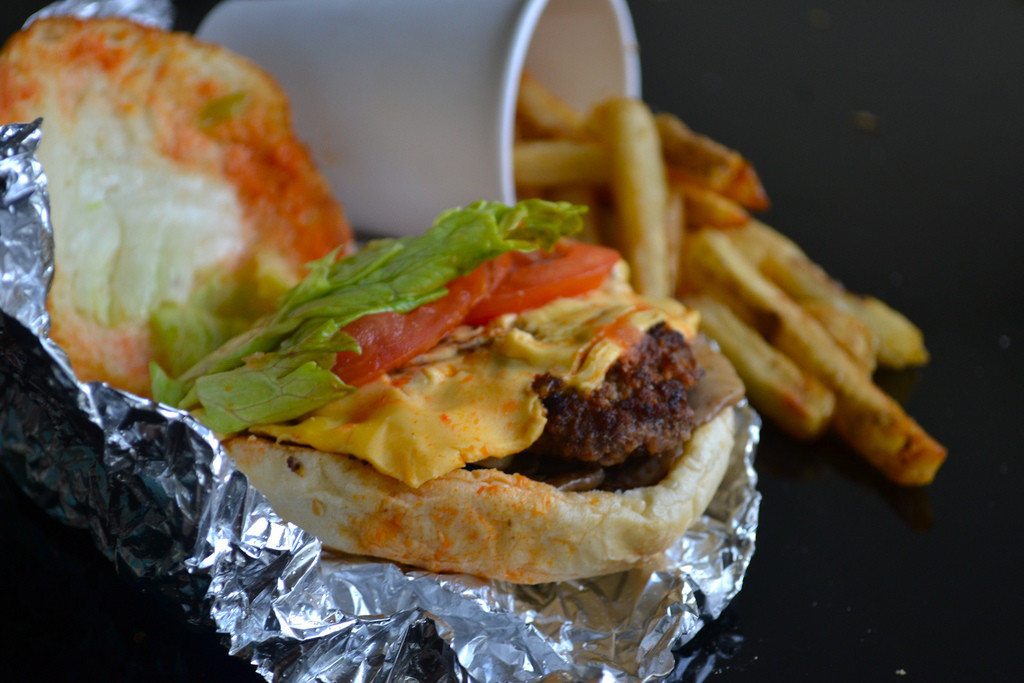
Photo by Parisa Soraya
No one likes to sit next to someone on the plane who’s eating smelly, crumbly food — please don’t be that person. If you need more incentive, check out this on-point rant about this very issue.




